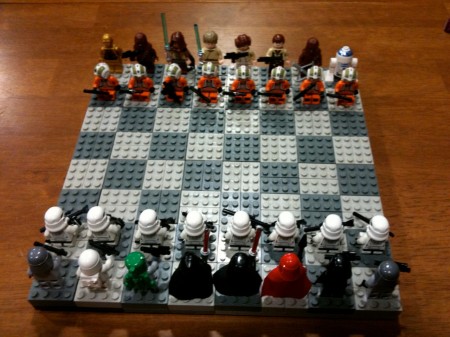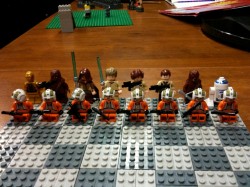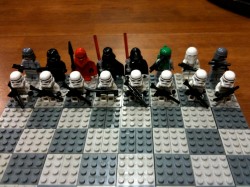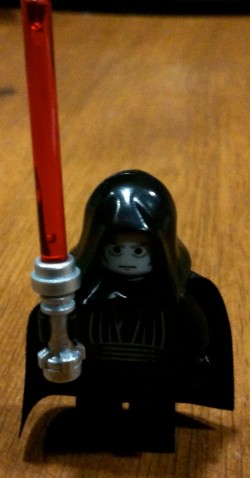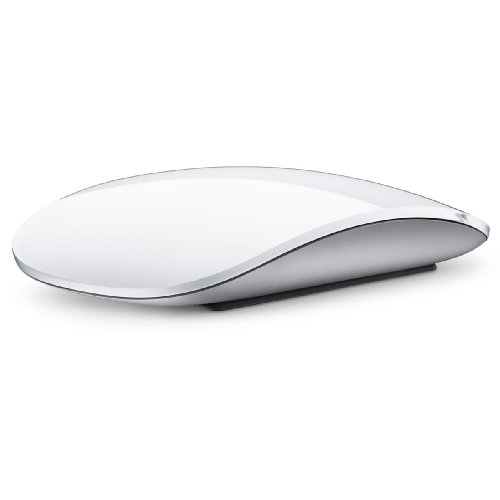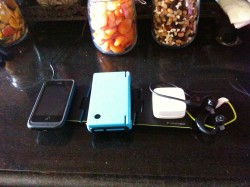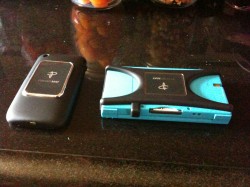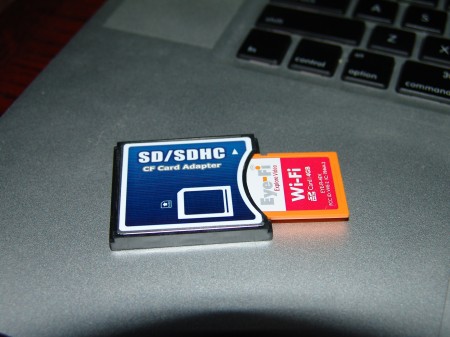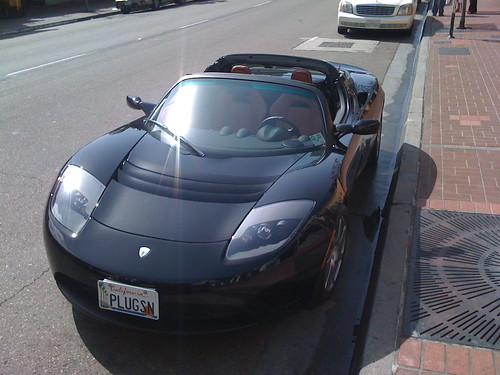For Entertainment Only: iPad Review by Matthew Strebe
The iPad came out Saturday morning as my family and I drove from San Diego to Cape Canaveral to see the Shuttle Launch. Using my trusty iPhone, I determined that we’d be in Baton Rouge at noon, so I picked one up there. The line had been about two hours long, and I arrived at the tail end of it. My wait was ten minutes.
I synced it in the car outside a Winn Dixie, got it connected to my Verizon MiFi, downloaded a few apps, and synced some kids shows to it. The first thing I noticed was the awkward size: too big to really be mobile, and too small to set down anywhere convenient. It’s the same problem I had with my Newton fifteen years ago.
The built-in apps are great–better looking and more seamless than their iPhone or OS X counterparts. iCal is looking seriously stale compared to the iPad Calendar.
The available apps are even better–Pages is a marvel, although how useful it turns out to be is debatable, and the various news readers are fantastic–by far the easiest way to browse traditional news content.
Dragon Dictation [iTunes Link] works well and is free. It’s a must have for text input. I look forward to a future edition that would work as a keyboard.
Omnigraffle is an interesting fail. The app works just fine, but for $50 they should have provided their full suite of stencils. The very basic shapes they provide are a flat-out rip off compared to price of competing apps, and unless they up the ante they’ll be out-competed in short order on this platform. I want to drag and drop network diagrams as I survey new customer sites. For lines and boxes I can use a $5 sketch app. Omni Group needs to either price to the casual market or provide a professional tool. Right now they’re doing neither. As it stands, I’ll be requesting a refund.
The Video player is everything you’d expect: the best mobile video player on the market in any format. Couple that with on demand rentals and the amazing Netflix app, and you can pretty much waste the rest of your life watching movies on it. The built-in mono speaker is adequate for the backseat, but you’ll want a Bluetooth audio system for home use or headphones anywhere public.
Games are awesome–driving games are much easier to control because there’s weight in that steering wheel. Strategy games now have enough map. The 2X iPhone app magnification is awkward and pixelated seeming for utilities, but in colorful games it’s just fine, and preferable to playing them on the iPhone. The mode worked well with everything I tried except Call of Duty Zombies, where the button appears incorrectly rotated and doesn’t function.
Is it useful for business? Unlikely. If you create for a living, forget it. The onscreen keyboard is okay for the occasional email but it won’t replace a laptop, ever. For email it’s fine but not substantially better than an iPhone. For niche work where the form factor allows standing data entry there’s a real niche, but this device is for entertainment through and through.

